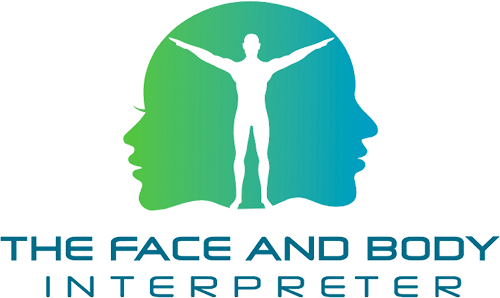
One thing I love about Psychosomatic Face Reading is how to practically accommodate effective communication with the different types of people you are speaking with.
A question I often pose to my seminar attendees is: “Who changes the way they speak based on the individual they are speaking with?”. Some are quite shocked at this question and advise they are authentically themselves, to whoever they speak with, and pride themselves as good communicators to express their needs. The problem, however, is that communication is a 2 WAY STREET:
- The message is sent
- The message is received
Sending the message is only half of the equation, as someone with a different style of communication to you may not hear the message you have so ‘effectively’ conveyed. This is where Psychosomatic Face Reading can be a fantastic tool for you, your colleagues, family, and friends. By learning to read certain features on a face, you can tailor your communication style to improve outcomes for both parties. This is an incredible asset to bring to a conversation or meeting.
Flat Eyebrows vs Arched Eyebrows
Take for example someone who has flat eyebrows that are close to their eyes, versus someone who has arched eyebrows and a bigger gap from the eye. Here are some tips on how you can improve your communication with them.
The person with flat eyebrows tends to value logical and practical explanations. They would like you to be well versed in understanding the background, the origins, and the benefits of what you are talking about. They also don’t like you to waste too much time getting to the point.
When you speak with this person about a problem, they would prefer to tell you what you need to do, find out what you have done, or brainstorm solutions with you. They are not the type of person that likes to just listen to your problems.
When you speak with someone with arched eyebrows and a larger gap from the eyes, they need time to process information. You don’t need to repeat what you have said, they got it the first time, they are just feeling into their response. This eyebrow is more creative and flexible and will usually ask you how you feel about your situation or problem. They have a higher level of empathy and sometimes this can be a problem for them, as they learn to establish healthy boundaries.
When you speak with this person about a problem, they will listen with compassion and hear you speak on the same subject many times. Be aware not to take advantage of this generosity. They will be a great sounding board and can help with creative solutions if you so are so inclined.
Learning Face Reading allows the opportunity to appreciate your own individual style of communication. This knowledge brings a deeper understanding of yourself and those around you. As you learn to read others, you learn to become less offended by what someone said, or how they said it and realise that ‘it’s the way they naturally communicate’.
If you would like to learn more about Face Reading, we welcome you to discover our Face Reading Level 1 Course, offered both online and face-to-face (15 hours of training). Or, you may wish to immerse yourself in the full Psychosomatic Therapy Training Course.
You can also book Linda for a 2 hour Mini Workshop, or Speaking Engagement which she will tailor to your needs and add a fun training component highlighting the differences between your team members, whilst also providing valuable insights to connect with their customers/colleagues/clients and achieve greater connections and outcomes. Please send your request to linda@thefaceandbodyinterpreter.com


